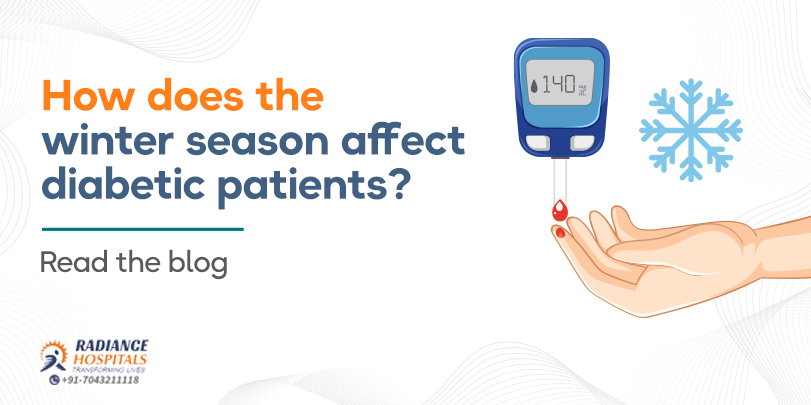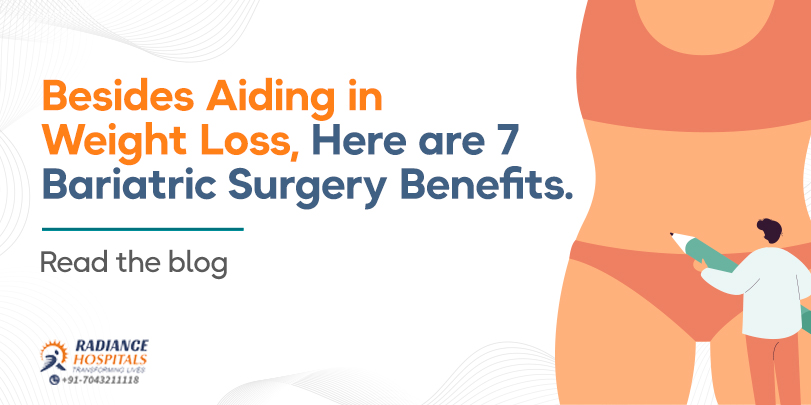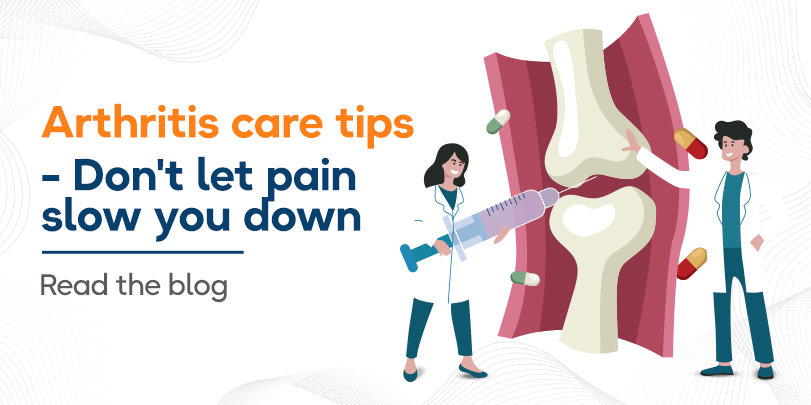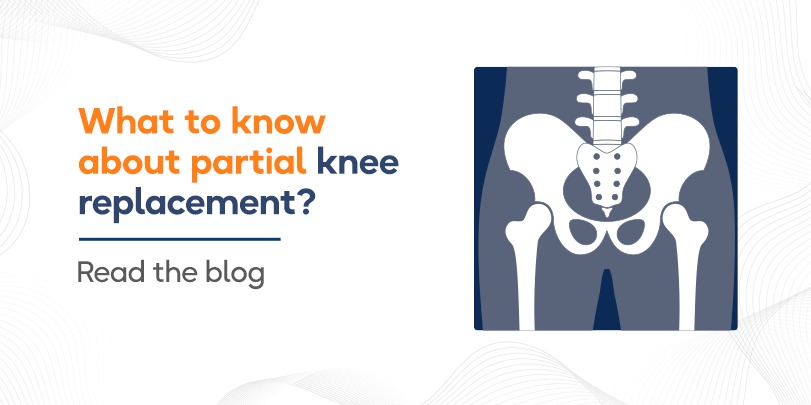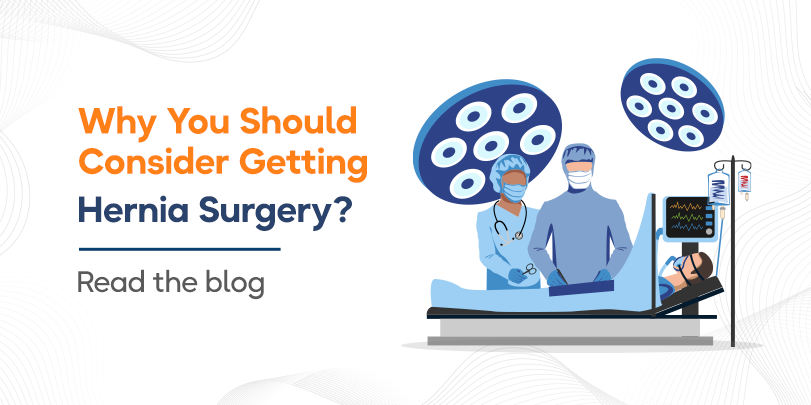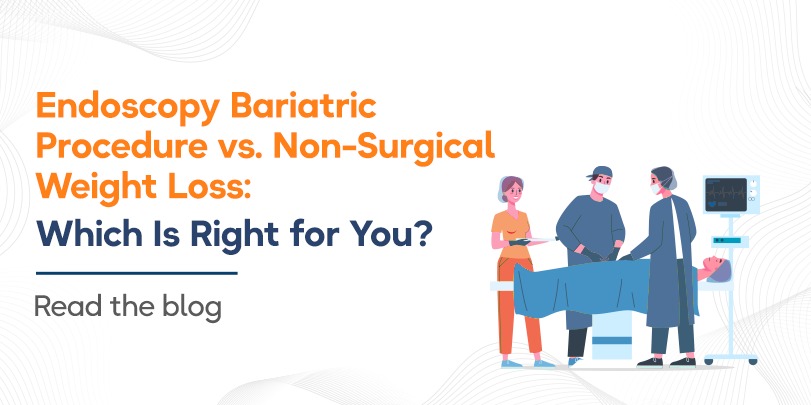5 tips for a successful knee replacement surgery
When knee pain is making your life hard and making things very painful or even impossible to perform, knee replacement surgery can come as a blessing to many people. Despite that, knee replacement surgery, just like any other surgery can feel like a huge thing to do. Even though it doesn’t come with many risks and is a simpler procedure that has become better over time, some fear is ordinary. So if you have decided to undergo knee replacement surgery, here are the top 5 tips that you can follow:
Background checks
Background checks are important for everything, especially when it comes to your health. Make sure that the hospital you choose has all the right facilities you will need after knee replacement surgery. Many hospitals lack even the basic care you will need.
At Radiance Hospitals we ensure you have world-class facilities, international standard care and the best amenities so you never have to worry about care during the process to give you the highest standard of treatment for knee replacement surgery in Ahmedabad.
The next most crucial step you can take to ensure a successful total knee arthroplasty is selecting a doctor with the appropriate training and experience. The more knee replacements the doctor has performed the better equipped he or she is to foresee and avoid difficulties. All of our staff at Radiance Hospitals is highly trained and experienced. We ensure that we have some of the best experts for knee replacement surgery in Ahmedabad and internationally.
Additionally, you ought to call with a list of inquiries for your doctor’s visit. Inquire about the various surgical options, potential risks, the length of the recovery period, and post-operative pain management techniques. It will be easier for you and your loved ones to adhere to your treatment plan if you have reasonable expectations.
Planning for the procedure
Planning is the first step to having a successful knee joint surgery. Prepare for the procedure with your mind, body and home.
Get whatever assistive devices you might require following knee replacement surgery. Orthopaedic gadgets you might require, depending on how you feel following surgery, are
- crutches, a cane, or a walker as walking aids
- sock aids and shoehorns
- Grab bars all over the house at a proper height
- An elevated toilet seat
- bath chair
There are other things necessary for recovery after knee surgery that reduce recovery time like
- Remove trip risks to prevent falls. Ensure that your floors are tidy.
- Make a path for walking around any furnishings.
- Put the things you’ll need close at hand.
- To pick up objects that are low to the earth, keep a gripping tool close by.
- Give safety rails in your bathroom some thought.
- Set up a single-story dwelling area.
Rest, recovery and physical therapy
Surgery is just one step in the journey. You must be prepared for the part after the surgery – the recovery process and rehabilitation. The recovery time for a knee surgery varies based on the procedure used, the anaesthetic used, your overall health, your age, and other elements. After a joint replacement, physical therapy and medication to manage pain are crucial components of the healing process. You’ll gradually improve knee function while experiencing reduced discomfort. It can take about 15 days to 1 moth to fully recover after surgery. In some cases Depends on comorbidities / age of the patient also.
Patients who do the following are the most likely to do the following:
-
Give rest and recovery proper importance
Maintaining your routine is crucial. Follow any instructions provided by your physician, and carry out all the exercises that your physical therapist suggests. Attend all of your physical therapy sessions as well as your surgeon’s follow-up appointments. Take prescription medications as directed and never stop taking any medications without first consulting your doctor.
-
Avoid undue stress on the knee
Avoid lifting any heavy objects that can put too much stress on your artificial knee since you run the risk of breaking it. Make sure to turn your full body when facing a new way to prevent twisting your knee. Always be very aware of your posture when you sit, kneel, or bend over.
-
Take Recommended Supplements and Vitamins
43% of patients going for orthopaedic surgery, according to one research, have insufficient levels of vitamin D. Many orthopaedic patients also take iron supplements to help their blood count recover from surgery. Never be afraid to discuss vitamins or supplements with your doctor to help with your recovery.
Pain-relief hacks
Pain can be a big problem immediately after surgery. You should concentrate on healing but never forget about pain control. A step essential to the recovery process, especially for outpatients recovering from knee surgery with a new joint is dealing with chronic pain in the first couple of weeks. It is normal to not know how to deal with pain and swelling, scar tissue and to get back to daily tasks, regular activity levels and normal function. Effective pain management helps you heal as quickly as possible. It is important to remember that this pain is only temporary and progress with physical recovery can relieve pain with a few hacks such as –
-
Compression Stockings
For six weeks, you should use compression stockings on both legs. You can remove them from time to time to wash them. These stockings reduce swelling and prevent blood clots from forming in your legs, among other potential health issues. Patients with total joint replacements should always wear thigh-high compression stockings on the surgical leg. Take care of your new knee and avoid all knee injuries. Understand that you may have a smaller range of motion in the beginning but this is not a setback.
Knee compression plays a crucial role. If the stockings don’t fit you comfortably, it’s likely you’ll also use a calf-high compression stocking and wrap the knee and lower thigh in two 6-inch compression bandages as a backup. Wear thigh-high stockings and a stockings-wrap combo to hold the dressing in place.
-
Hot and Cold Treatment
Three to six months after surgery, despite rehab, inflammation following knee replacement may persist. During the first few days following surgery, it is typically advised that you apply an ice pack several times a day for around 20 to 30 minutes to help reduce inflammation and pain. When the initial swelling has subsided, alternately applying heat and ice to the affected area will help to loosen up the muscles and reduce stiffness. If ice doesn’t reduce swelling or if you believe prolonged durations of cold or heat might be beneficial, consult your doctor or physical therapist.
-
Maintain a Healthy Weight
Maintaining good health will promote quicker recovery after surgery. An active lifestyle helps speed your recovery. Other choices you need to make are regarding a healthy diet, home exercises and an excellent care team like the one at Radiance Hospitals. If you smoke, try to cut back or stop because it causes your blood vessels to constrict, which slows the healing process. If you are on a blood thinner or narcotic painkillers, stay away from alcohol. Reduce your weight because being overweight puts more strain on your knee and might delay healing. Finally, once your doctor gives the all-clear, engage in low-impact exercises like walking, swimming, or pedalling a stationary bike to strengthen the muscles in your legs and increase blood flow generally.
Ask for help to help speed recovery
Your body may experience a hard time recovering, especially with arthritis. One of the best tips to help speed recovery from a total knee replacement is to ask for support from friends and family.
Organize child or pet care, if necessary. This can ensure that your loved ones are taken care of and reduce any stress you may be experiencing.
Create a meal plan to eat a healthy diet. Ask your loved ones to bring you nutritious meals while you heal or to assist you in preparing meals that you can freeze in advance.
Get help for domestic tasks and other needs. Employing a special nurse is also a great idea.
Most Importantly physiotherapy: If your doctor suggests than go for physio therapy for 15 to 20 days after surgery which gives a fast and better results.
Take precautions to protect the new joint’s strength and range of motion. Expect to you a cane or walker, take pain medication and engage in activities that decrease the risk of high pain levels.
Don’t forget your therapy appointments.
Never forget to ask one of our professionals any questions you may have or for any health information regarding joint replacement surgery. Keep in mind that you can reach us even via phone. Never again be concerned about difficulties related to obesity with Radiance Hospitals by your side.
Remember to always listen to our experts and let us know if you need further help or resources. We are always here for you.
Read More – How to Deal With Knee Pain? Dos and Don’ts



